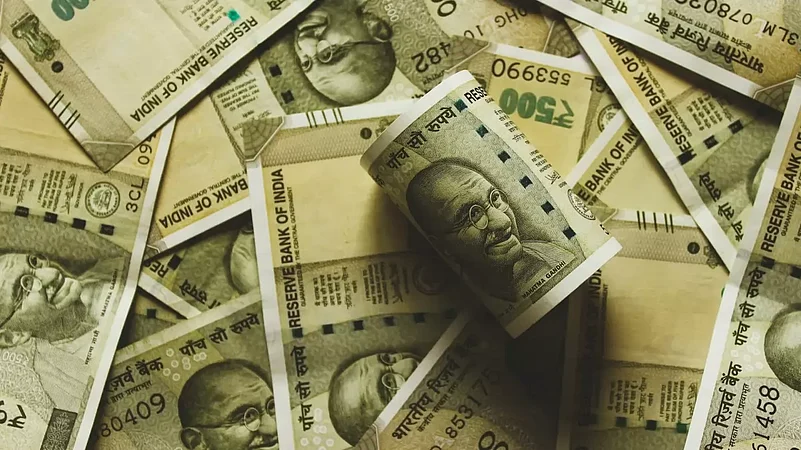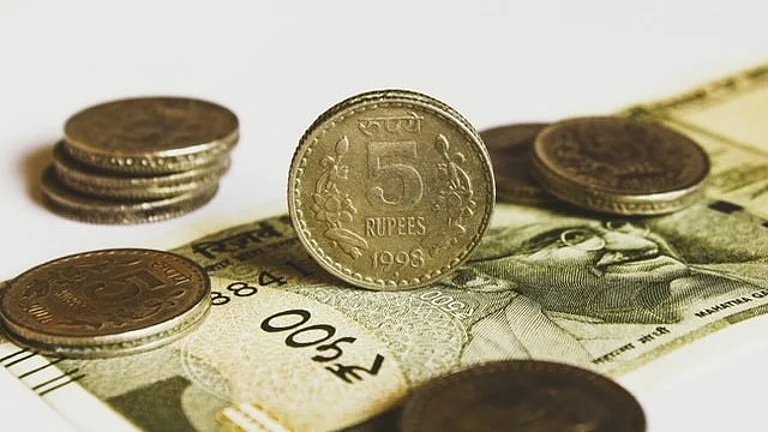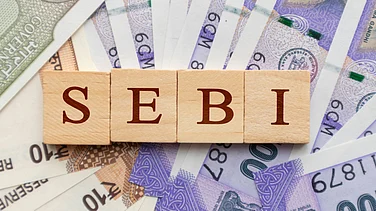The Indian rupee moved above the 87-mark against the US dollar on July 30, settling at its lowest level since mid-March as global and domestic pressures weighed on sentiment. The fall came amid growing concerns over delayed progress in the proposed India-US trade agreement and a sharp rise in global crude oil prices.
Market participants pointed to month-end dollar demand from importers, continued outflows from foreign investors, and the broader risk-off sentiment in global markets as key contributors to the decline.
"The rupee slipped to a fresh four-month low, caught in a crossfire of delayed trade progress, surging oil prices, and global risk repricing,” said Amit Pabari, Managing Director at CR Forex Advisors. “With no breakthrough on the India-US trade front and crude rising sharply, the rupee had little choice but to retreat.”
Traders also reacted to comments from US President Donald Trump, after he flagged the possibility of Indian exports to the US facing tariffs of 20%–25% amid delays in trade negotiations. The prospect of such tariffs, if materialised, may squeeze India’s export margins and widen the current account deficit, adding further pressure on the rupee.
Meanwhile, a Reuters report suggested that India is holding back on offering fresh trade concessions ahead of the August 1 deadline, preferring to finalise a more comprehensive deal by September or October instead.
The dollar index, which measures the greenback against a basket of six currencies, edged lower by 0.11% to 98.77. However, a stronger dollar earlier in the week, coupled with the sharp rally in crude prices, kept pressure on emerging market currencies, including the rupee.
On the domestic front, attention now turns to the Reserve Bank of India’s monetary policy meeting scheduled for next week. “While the central bank is widely expected to keep rates unchanged, the policy stance will be closely watched,” said Pabari. “A more cautious and assertive tone could lend support to the rupee, while a dovish approach may weigh further on it.”
Dilip Parmar, Senior Research Analyst at HDFC Securities, said the rupee’s move was the sharpest single-day decline since May 8. “The breaching of the psychological level of 87, coupled with a technical breakout, spurred greater dollar demand from importers and triggered short covering,” he said. “Support is now seen at 87, with resistance near 87.70.”
Jateen Trivedi, VP Research Analyst – Commodity and Currency at LKP Securities, added that the rupee’s 0.72% fall, breaching the 87.40 mark, was largely influenced by rising crude prices and a cautious build-up ahead of the US Federal Reserve’s policy announcement. “Volatility may remain elevated with key US data lined up this week. The rupee is likely to trade in the range of 87.00–87.70,” he said.
While the near-term outlook remains clouded by global cues and policy uncertainty, market participants will be keeping a close watch on developments around trade negotiations, oil prices, and central bank comments, both at home and in the US.




























